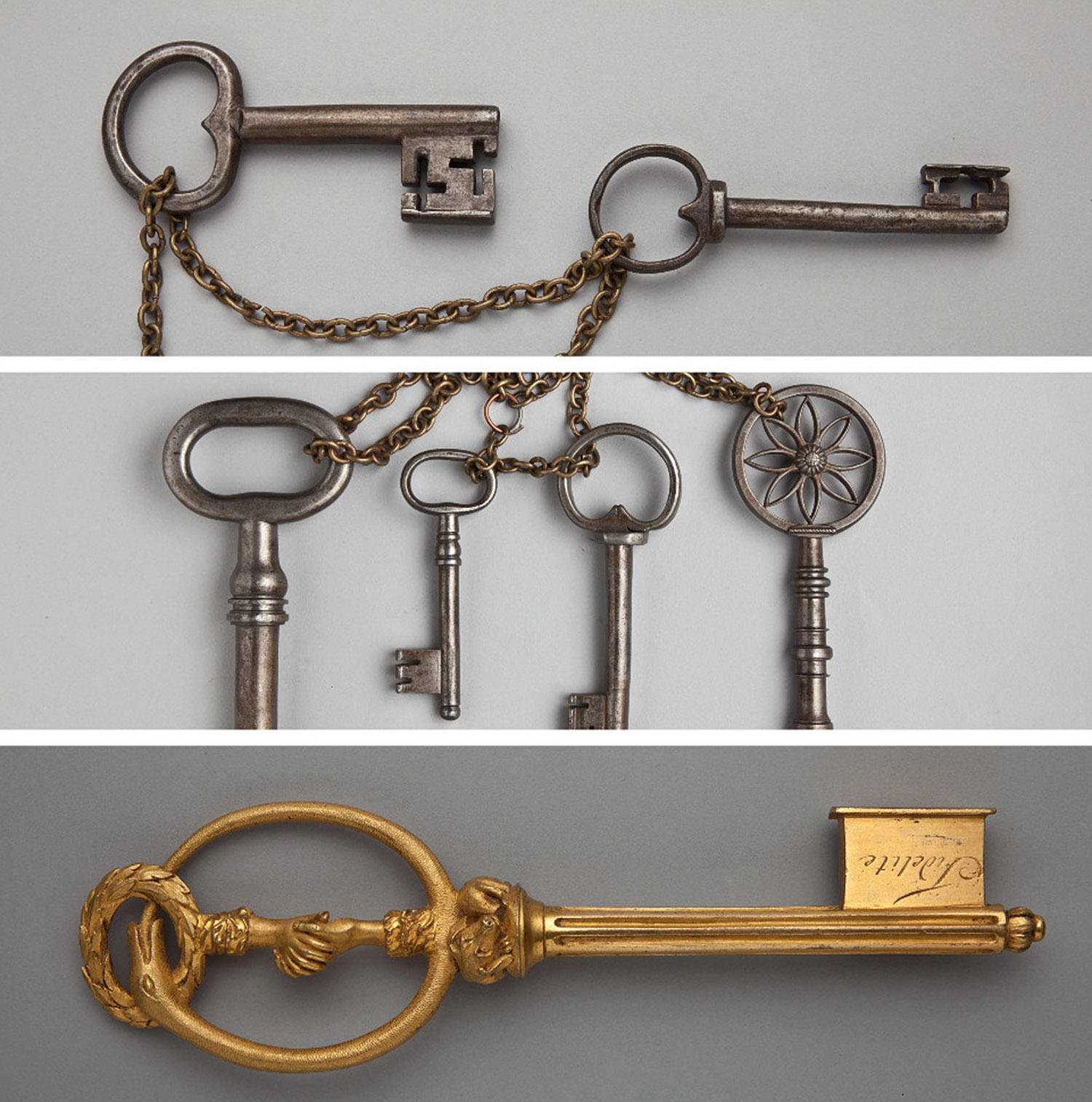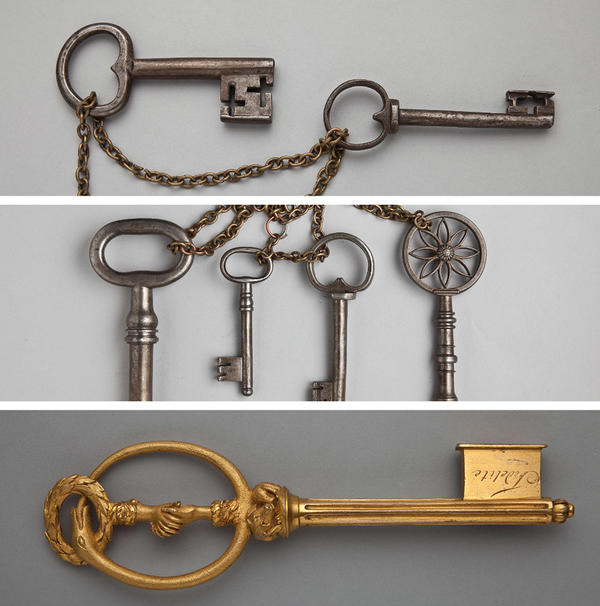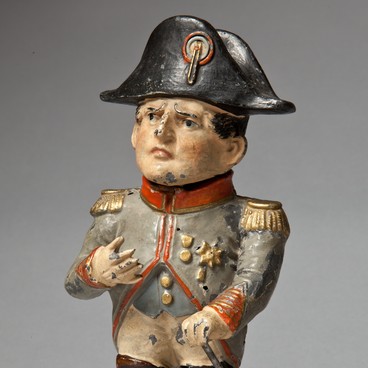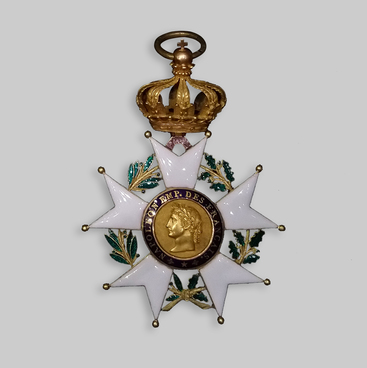Medieval wars compelled the inhabitants of settlements to build not only high fences, but also to erect sophisticated defensive fortifications with bulwarks, citadels, fortresses. The siege of such cities could last for months until the enemy developed an ingenious plan of penetration through the fortress walls by means of bribery, deception or by cutting off food supply channels.
It was possible to get into the fortress towns through several gates: central and side. They were all protected reliably and had a complicated system of locks. It was possible to open the gate with the use of the keys which were made by local craftsmen and, as a rule, had a secret. Victory over the town was considered a proven fact, when the enemy got these keys at its disposal.
People in charge of the gates and doors leading to the fortifications were key-keepers. This position was responsible and honourable since the key-keeper was nominally responsible for the security of the fortress. He reported directly to the mayor or to the owner of the castle and had no right to open the gate in the event of danger without their permission. Therefore, when storming fortresses which happened quite frequently the second person after the town mayor or the commander-in-chief that the enemy soldiers were looking for was the key-keeper. He who managed to get hold of the keys first received a generous award.
Beginning approximately from the second half of the 17th century, wars in Europe became relatively civilized. The number of victims did not become less, but representatives of the hostile parties tried to come to terms. Quite often fortress towns surrendered at the mercy of the winners and had to bring out the keys solemnly. However, to make a fortress fall strong arguments were needed. For this reason, various subterfuges were used during the siege. One example of genius surrender of German Dresden to Russian troops in 1813 went down in history when hussar Denis Davydov with a small cavalry detachment set fires at night under the fortress walls imitating the stationing of the whole army. The town governor was so impressed with what he saw that he brought out the keys of Dresden to Davydov. However, that incident ended with a scandal since the seizure of town was not in the plans of the Russian army. It is not known whether the keys were returned to the town governor, but Dresden had to be besieged again, now on legal grounds.
During the war of 1812, the Russian army received 97 keys to various cities in Europe. All of them along with the captured military attributes were kept in the Kazan Cathedral in Saint-Petersburg. The museum’s exposition collected twenty such keys to European cities: Cologne, Brussels, Leipzig, Utrecht, Hamburg, Bremen, Dresden. Each key is not just a symbol of the town, but a real piece of art. Some of them date back more than 300 years.
It was possible to get into the fortress towns through several gates: central and side. They were all protected reliably and had a complicated system of locks. It was possible to open the gate with the use of the keys which were made by local craftsmen and, as a rule, had a secret. Victory over the town was considered a proven fact, when the enemy got these keys at its disposal.
People in charge of the gates and doors leading to the fortifications were key-keepers. This position was responsible and honourable since the key-keeper was nominally responsible for the security of the fortress. He reported directly to the mayor or to the owner of the castle and had no right to open the gate in the event of danger without their permission. Therefore, when storming fortresses which happened quite frequently the second person after the town mayor or the commander-in-chief that the enemy soldiers were looking for was the key-keeper. He who managed to get hold of the keys first received a generous award.
Beginning approximately from the second half of the 17th century, wars in Europe became relatively civilized. The number of victims did not become less, but representatives of the hostile parties tried to come to terms. Quite often fortress towns surrendered at the mercy of the winners and had to bring out the keys solemnly. However, to make a fortress fall strong arguments were needed. For this reason, various subterfuges were used during the siege. One example of genius surrender of German Dresden to Russian troops in 1813 went down in history when hussar Denis Davydov with a small cavalry detachment set fires at night under the fortress walls imitating the stationing of the whole army. The town governor was so impressed with what he saw that he brought out the keys of Dresden to Davydov. However, that incident ended with a scandal since the seizure of town was not in the plans of the Russian army. It is not known whether the keys were returned to the town governor, but Dresden had to be besieged again, now on legal grounds.
During the war of 1812, the Russian army received 97 keys to various cities in Europe. All of them along with the captured military attributes were kept in the Kazan Cathedral in Saint-Petersburg. The museum’s exposition collected twenty such keys to European cities: Cologne, Brussels, Leipzig, Utrecht, Hamburg, Bremen, Dresden. Each key is not just a symbol of the town, but a real piece of art. Some of them date back more than 300 years.



